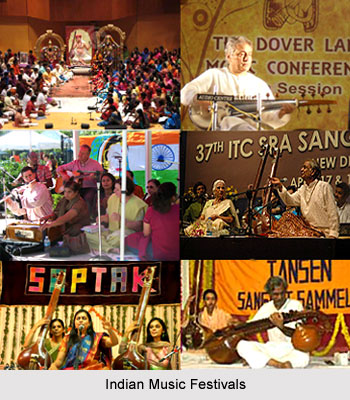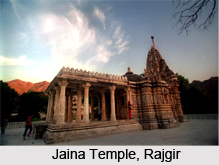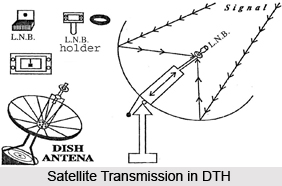 Indian music festivals have several stories related to it, and speak about the musical culture of India. In India music existed as a form of art since a long time. From past, music is considered as cultural tradition. Classical music in India is not considered as a mode of entertainment, but as a medium to express devotion and love for God. Some musical festival is organized to pay tribute to great popular singer who immensely contributed towards betterment of Indian music.
Indian music festivals have several stories related to it, and speak about the musical culture of India. In India music existed as a form of art since a long time. From past, music is considered as cultural tradition. Classical music in India is not considered as a mode of entertainment, but as a medium to express devotion and love for God. Some musical festival is organized to pay tribute to great popular singer who immensely contributed towards betterment of Indian music.One of the best parts about these festivals is that, apart from hosting popular musicians, it also promotes young and fresh talents. Indian classical music happens to be one of the oldest music cultures of the world. The importance of music is mentioned in Vedas as well. Role of music is immense towards shaping the culture and tradition of India.
Tansen Music Festival
Tansen music festival is organized in memory of Tansen as a mark of respect and to pay tribute to the immense contribution to the Indian classical music. Tansen was a great personality and was considered as one of the nine gems in the court of Mughal emperor Akbar. This music festival is hosted at the tomb of Tansen in Gwalior District. Popular artists come and present their masterpieces. This festival is organized by the government of Madhya Pradesh.
Thyagaraja Music Festival
Thyagaraja Music Festival is celebrated in memory of Sri Thyagraja, the great saint and musician. This festival is held in Thiruvaiyaru, Tamil Nadu, very place where he spent his entire life and took Samadhi. This festival, organized near his Samadhi at the banks of Kaveri River, is held for 8 days in the month of January. Religious rituals, along with music festival, are conducted for a span of the festival.












